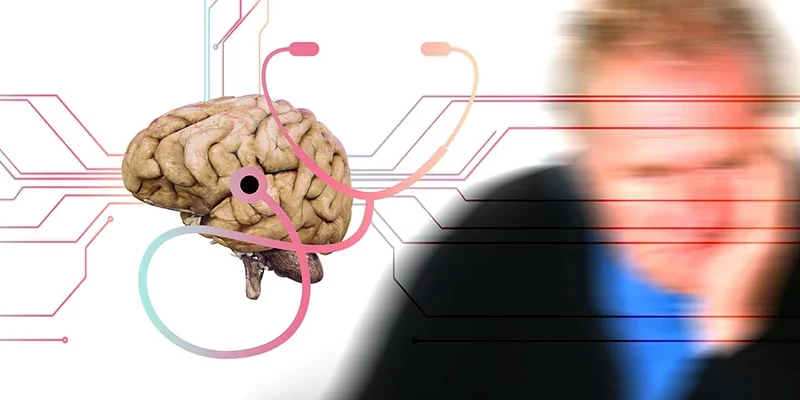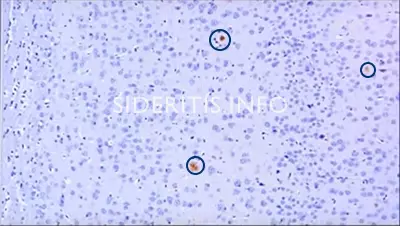1. What is Dementia?

Around the world, a patient develops Alzheimer’s dementia or is diagnosed with Alzheimer’s dementia approximately every 4 seconds. In the USA, around 500,000 people are affected each year.
One speaks of dementia when at least two cognitive areas are disturbed, which can be:
- Memory (amnesia)
- Language, understanding, and speaking (aphasia)
- Sequences of actions (apraxia)
- Recognition of sensory stimuli when the sensory organs are fully functional (agnosia)
In addition, patients have significant problems with visio-constructive/spatial imagination (simplified: the ability to assemble individual elements of a figure into a correct figure).
Patients often do not come to the doctor because of short-term memory problems but because of orientation problems.
Various brain regions are affected, e.g., the frontal brain or the occipital area (located in the direction of the occiput). Cognitive impairments can be determined, for example, by tracing shapes. Thus, tracing a cube can show the patient’s difficulty with this task. In this case, one speaks of constructive apraxia.
Another example is dial or clock agnosia, in which the patient recognizes the stimuli correctly with the eye, but the brain cannot process them correctly. If faces can no longer be identified, this is called prosopagnosia.
There are various tests to find out whether the patient can still make sense of a drawing. This would be comparable if you had to find your way in a foreign country with foreign characters. One can see the characters but cannot understand them.



